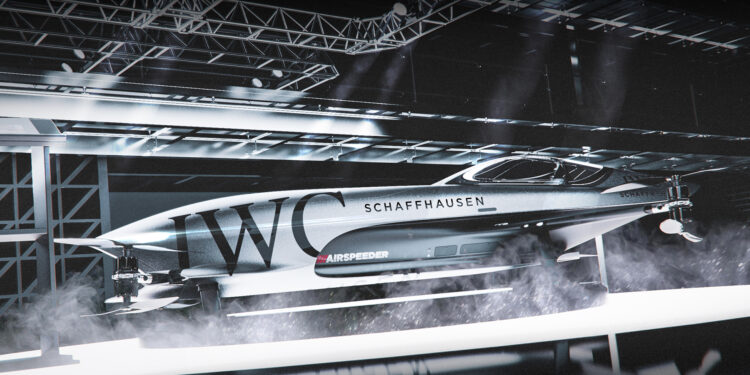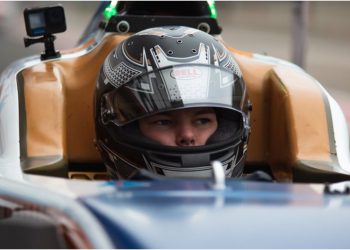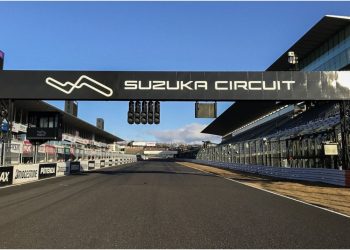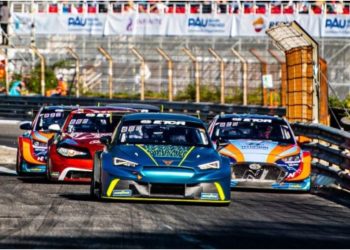Finally, after several designs and sketches of its prototypes, Airspeeder, a series of flying cars, officially revealed the MK3, a vehicle that will compete in tournaments with pilots remotely later this year and that hopes to start the category in 2022.
The Airspeeder Mk3 is the world’s first electric flying race car. The future we’ve long been waiting for has arrived, and the company is now ramping up production to start taking to the skies and bringing a new show to the planet.
Alauda Aeronautics, Airspeeder’s sister company, is currently building 10 examples that will compete in a kind of tests with the aim of verifying if the concept works to get the project off the ground in less than a year.
Vehicle composition
The Airspeeder is built around a carbon fiber tub and features a rotor blade in each of its corners, which the firm says gives it much greater turning capacity than a traditional helicopter or fixed-wing aircraft. Through a particularly fast corner, it will generate 5G, surpassing that of a Formula 1 racer.
Each vehicle will produce 429 hp, more than an Audi SQ7. Airspeeder also details that due to its agile 130 kilograms curb weight, the octocopter has a higher thrust-to-weight ratio than an F-15E Strike Eagle (3.5 for the flying car, compared to 1.2 for the aircraft. of combat). The ultra-light construction also means it can go from 0 to 100 kilometers per hour in just 2.8 seconds.
Related content: Airspeeder improves the safety of their vehicles after criticism for an accident
The company has drawn on the expertise of some big names for electric vehicle development, including McLaren, Tom Walkinshaw Racing, and Brabham for the motorsports look. Brett Hill is leading the aerospace side of the project, drawing on his experience as a flight dynamics specialist on the Boeing 747-8 program.
The races will also take place in the same way as a Formula 1 event, with the difference that it will be contested in the air. Each prototype will also have to make regular pit stops for battery changes, which have been reduced to just 14 seconds thanks to its new quick-release battery mechanism.
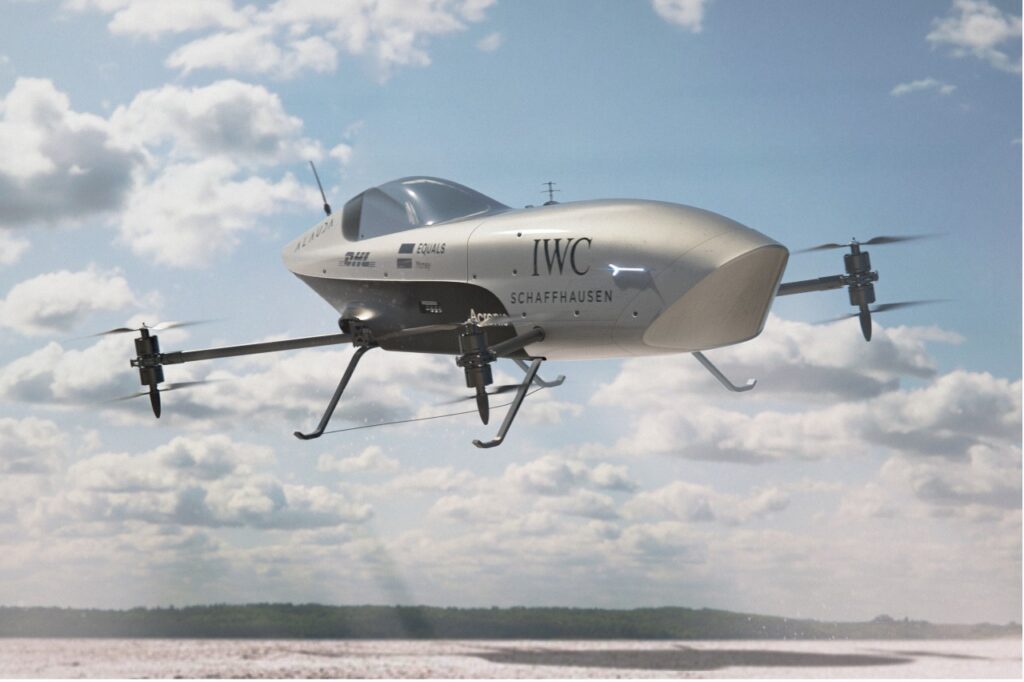
Image: Airspeeder
Felix Pierron, Head of Design at Airspeed and Alauda, explained that his premise is that “our Speeders are, in the first instance, racing craft. In devising a design approach, I explored the classic forms of racing cars from the 1950s and 1960s.”
“This was a time when the requirement for beauty equaled the technological and aerodynamic need. As a designer, there is no better place to start. I’m excited to see something that started as a vision on paper airborne,” he commented amid the excitement for a project that is about to become a reality.
Read also: Airspeeder incorporates aerospace and motorsport talents
For his part, Matthew Pearson, founder of Airspeeder and Alauda stressed that “it is a competition that drives progress and accelerates the arrival of our racing series technology, which also transforms sophisticated aerodynamics for passenger transport, logistics and medical applications”.
The Airspeeder has had to overcome various obstacles on its way to complete the start of the series, both from a technological point of view, and all the delays that the pandemic has entailed. However, the organizers set 2022 as the starting year of the great futuristic plan.
Written by I Jhonattan González





